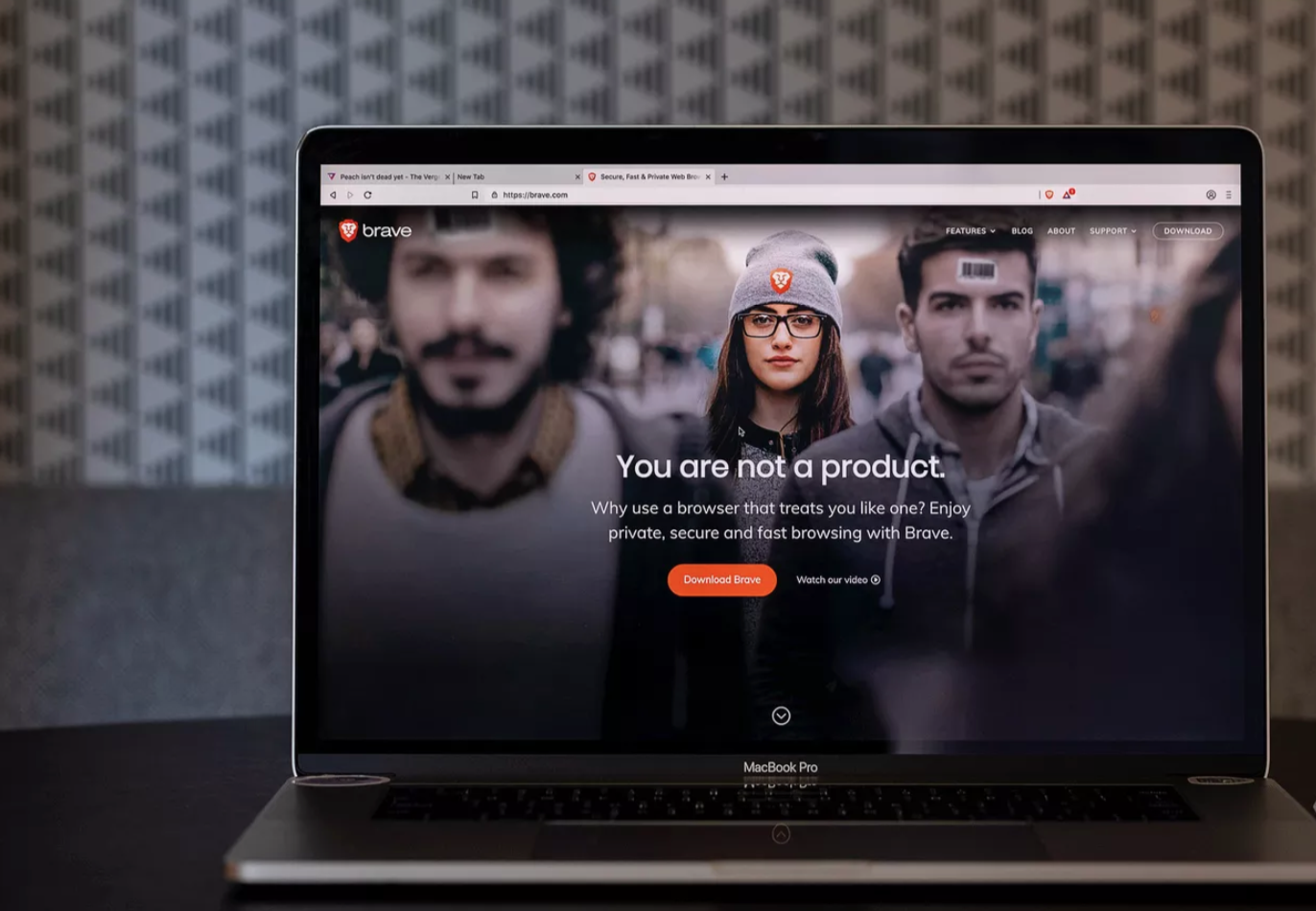
We all have a preferred web browser for looking up news, social media posts and other content, but did you know that they have a more secure version called Private Browsing?
Aside from having the same functions as a typical browser, private browsing gives you several more layers of security and privacy. Learn more about them below.
Table of Contents
Understanding Private Browsing
All popular web browsers, including Safari, Firefox, Chrome and Edge have a feature called ‘private browsing’. Access it and any site you visit, temporary files you may have downloaded and passwords you entered will not be remembered by the browser software. As soon as you exit or close the window, all of the accumulated data is deleted.
What’s more, any cookies that you may have collected won’t be stored, which makes targeted ads useless. It’s recommended that you use private browsing when you’re using a public computer as all your accounts will be logged out after the session ends.
Private browsing also goes by ‘Incognito Mode’ or ‘InPrivate Browsing’ depending on the browser you’re using. For Safari, it’s labeled under ‘Private Browsing’ under the menu page.
Is Private Browsing Enough?
Private Browsing sounds great for security and privacy, but it does have its limitations. For one, the activity you do while in incognito isn’t kept 100% private- system admins can still see what you’re doing if you’re connected to a network. Moreover, your ISP will still be able to track you and see the sites you’ve visited and the content you accessed.
A VPN may give you a level of privacy, but why settle when you can get the Brave Browser? It’s a free, fast and safe private web browser with built-in VPN, pop-up blocker and ad blocker in one. A quick Brave Browser download and you can say goodbye to trackers and ads and enjoy faster browsing speeds compared to others.